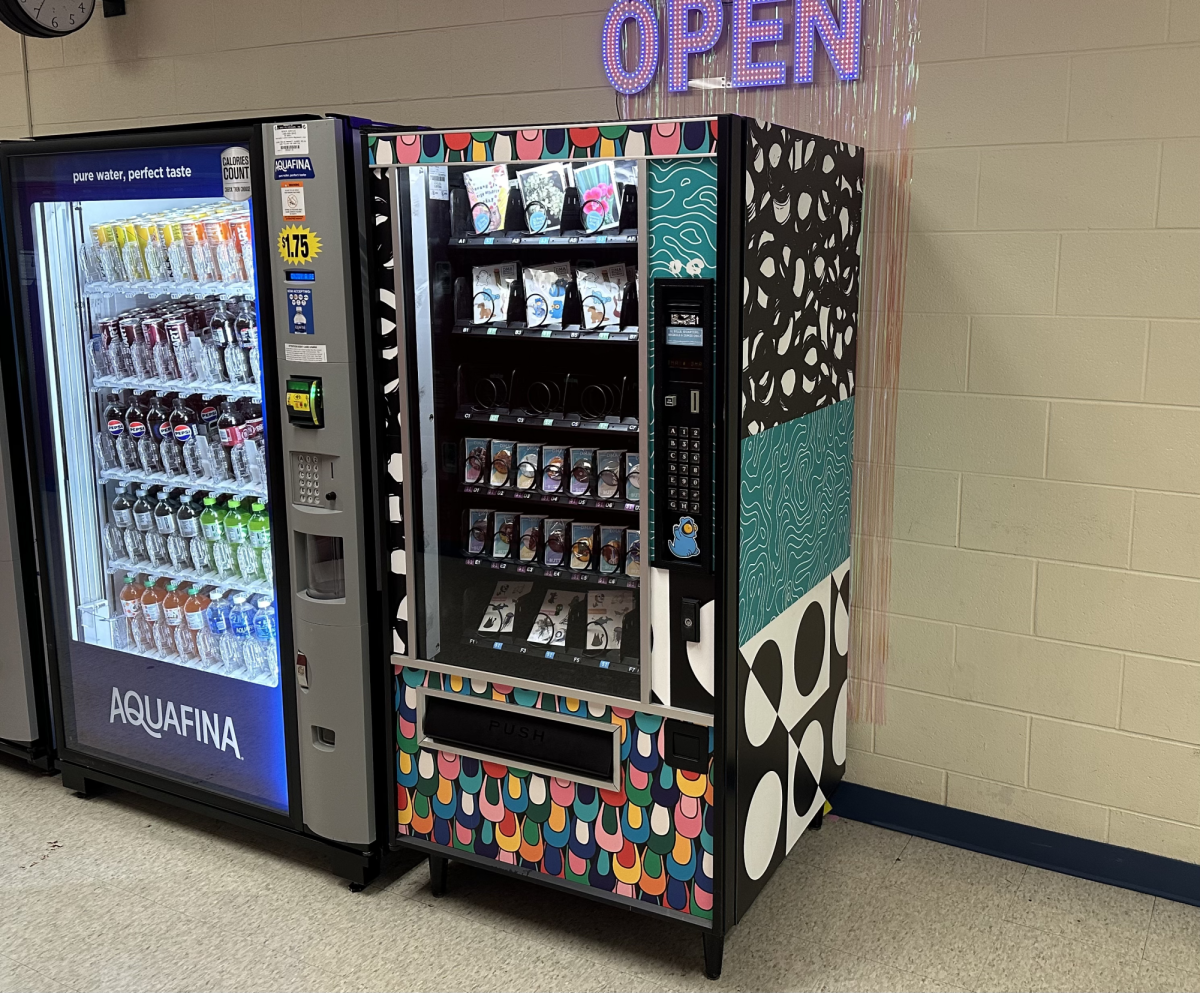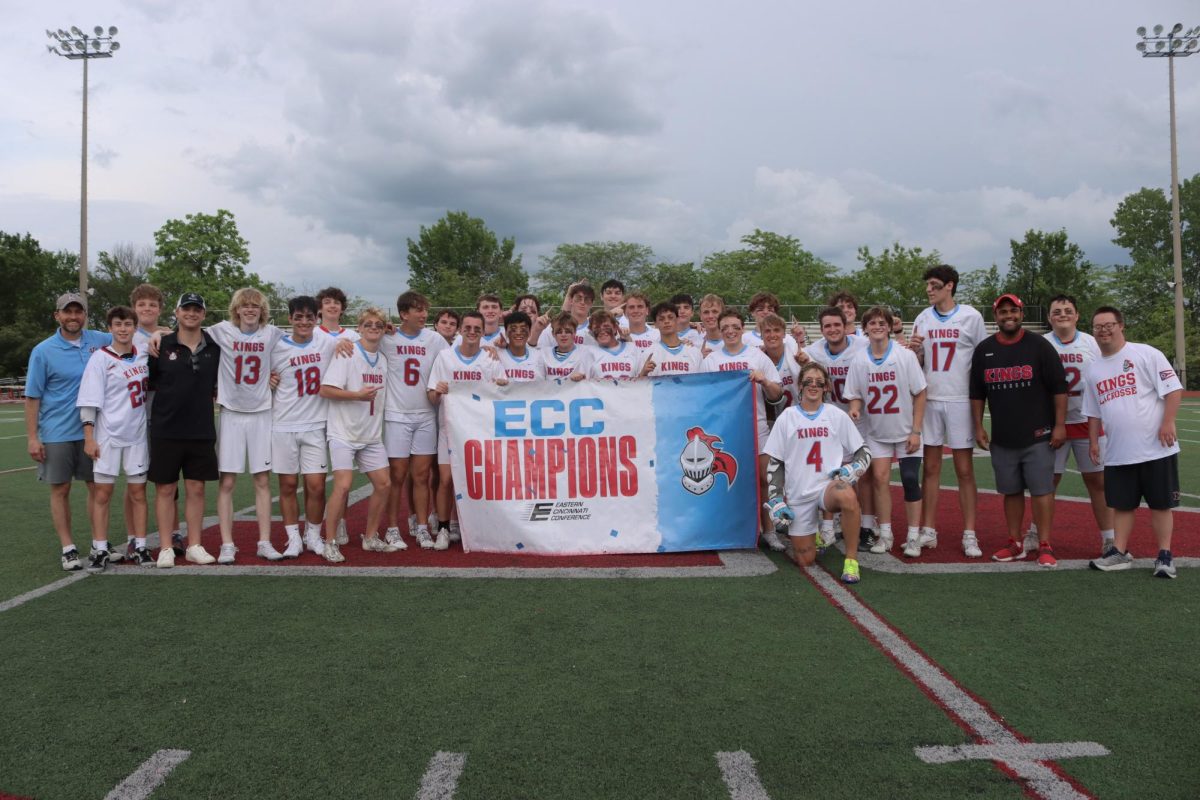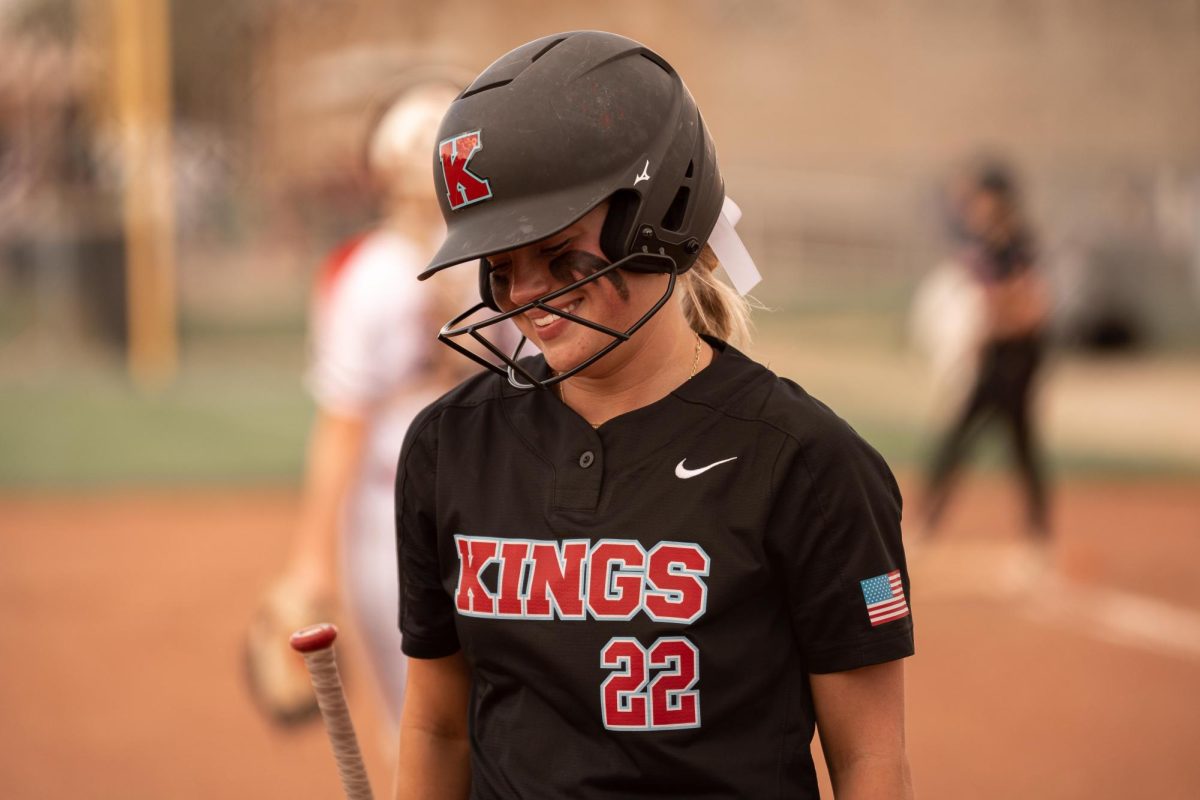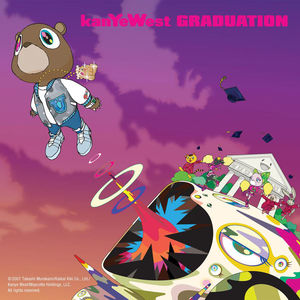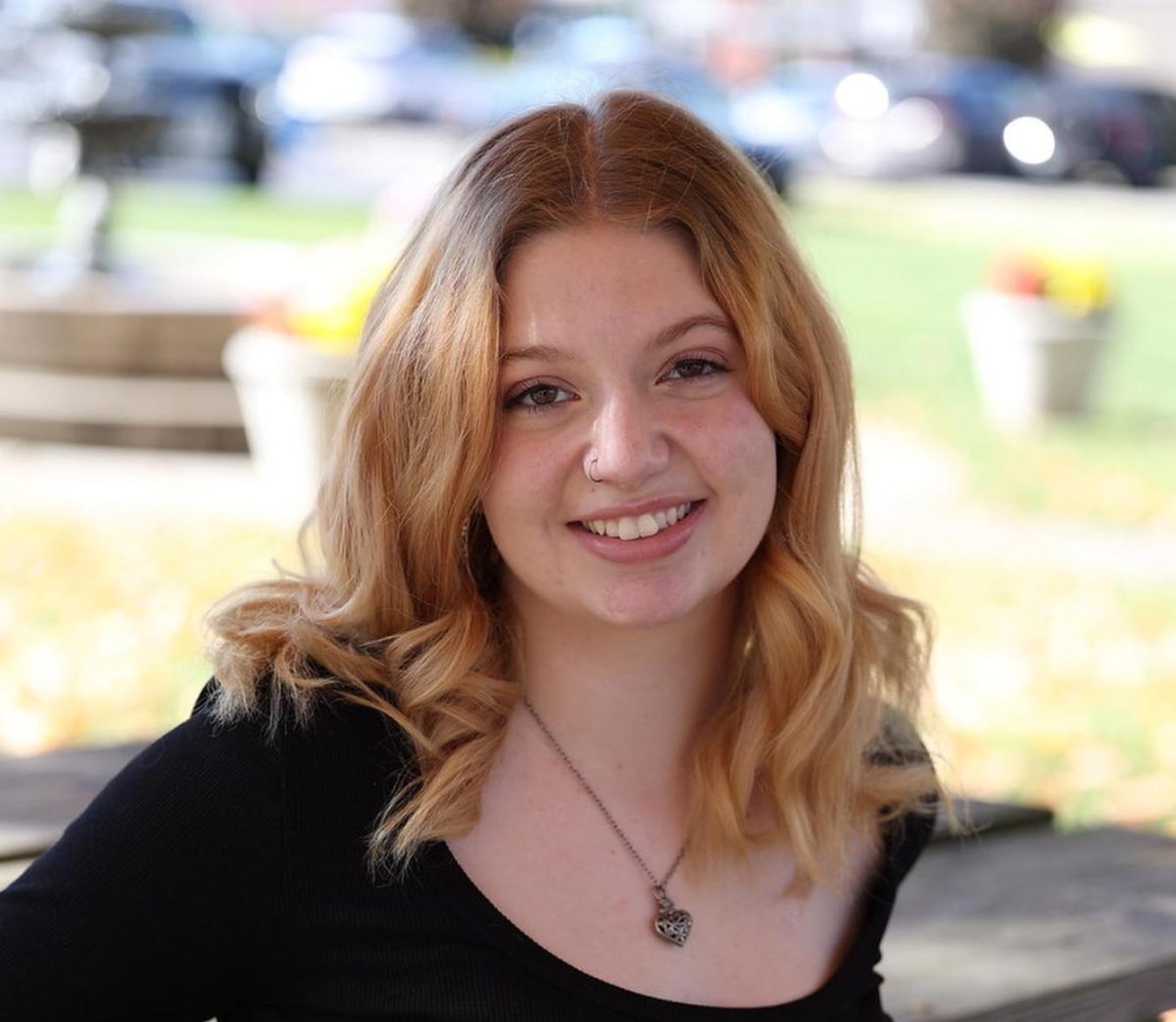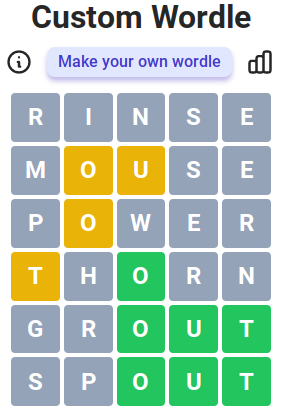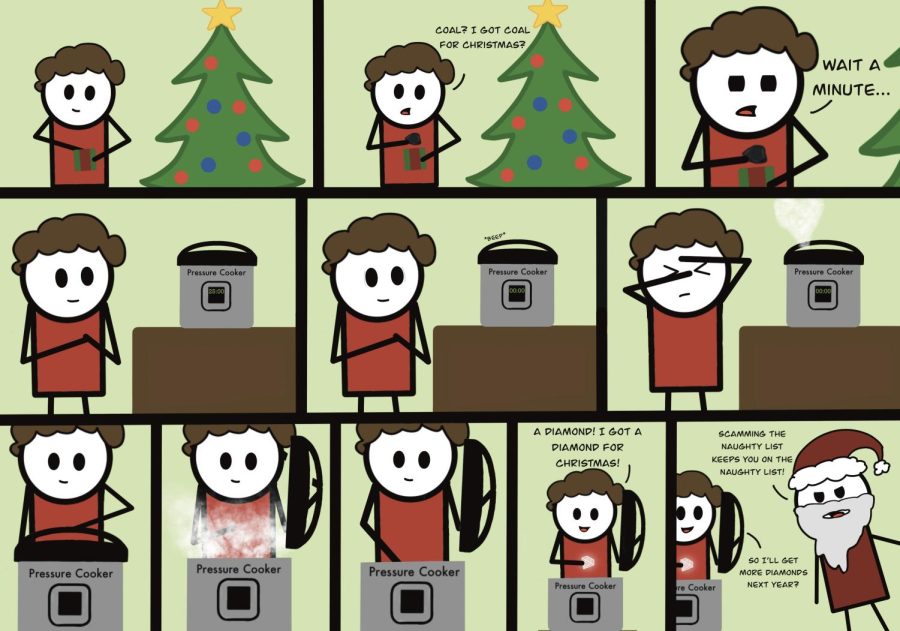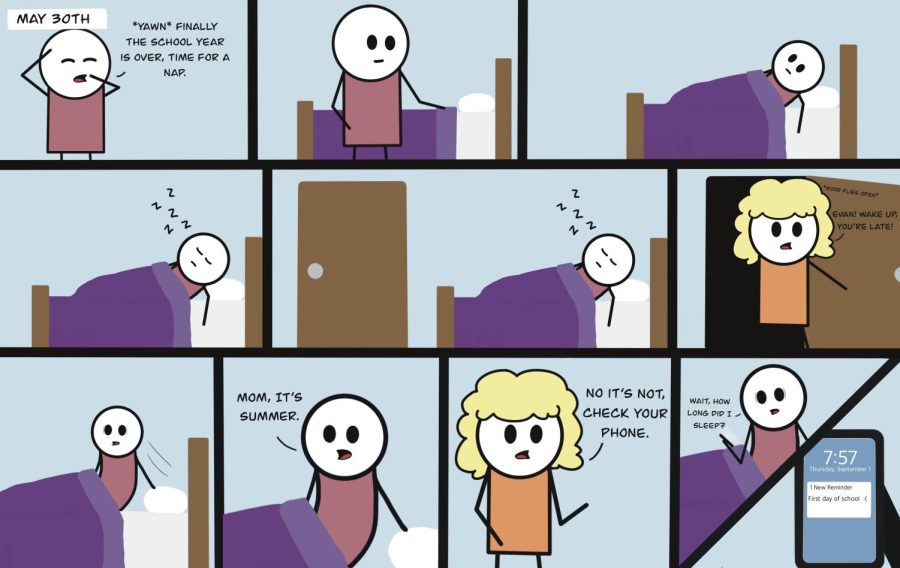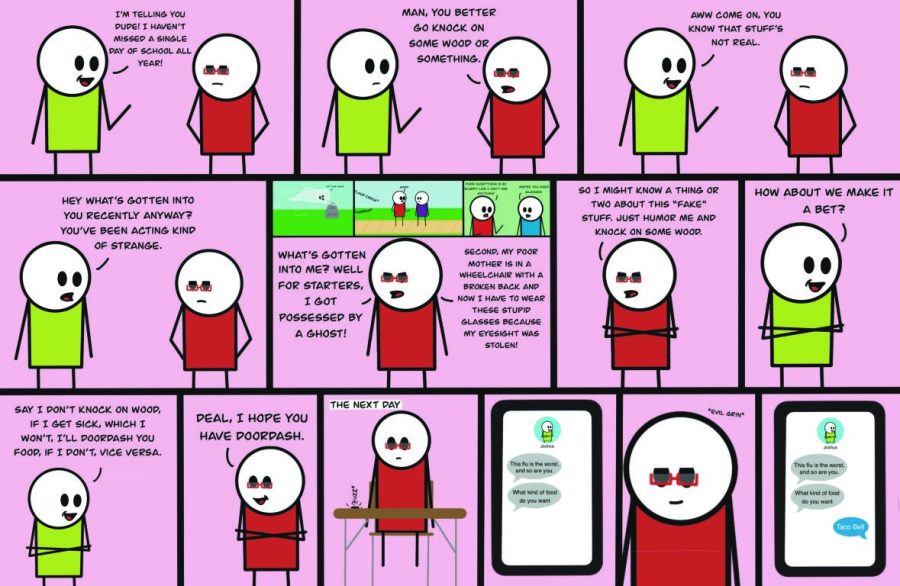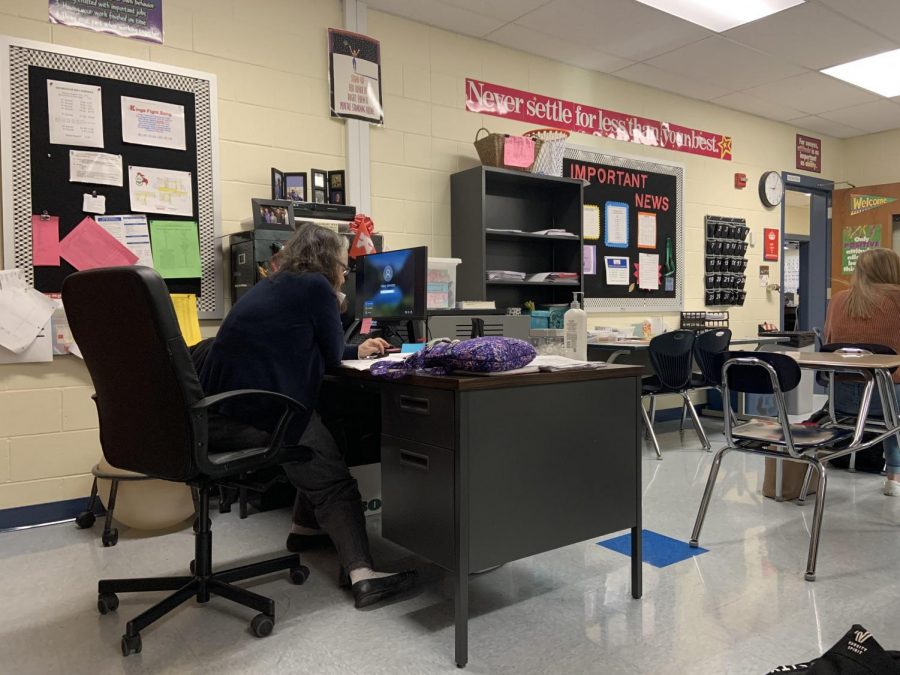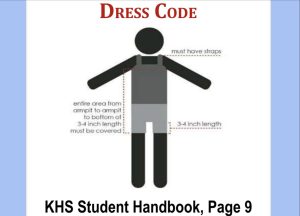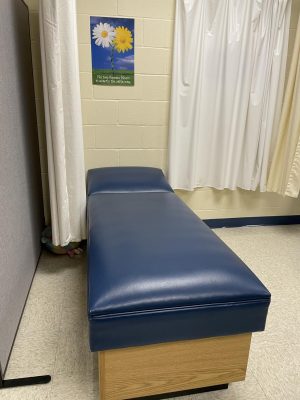Shortage of Substitute Teachers forces administration to get creative about replacements
March 6, 2020
In the last 7 days, 9 teachers have been asked to cover classes because there is a shortage of substitute teachers at Kings High School.
While this may not sound like a problem, it can turn into one because substitute teachers can be hard to find for many local schools, including Kings.
“This isn’t just a Kings thing,” said principal Doug Leist. “My wife teaches in Hamilton, and they have a shortage there as well, it’s everywhere.”
With a shortage of subs locally and in other areas, questions arise about the reason why substitutes are difficult to find.
According to superintendent Tim Ackerman, when the economy is good it makes it very difficult because there aren’t a lot of people out there to fill substitute teaching jobs when other, higher paying options are available.
With these challenges, the school district has to find ways to get available substitutes to come into the schools to teach, the most obvious of which being pay.
“From what I hear, I think Kings pays $85.00 a day for subs, and from what I’m hearing, some of the other neighboring districts pay a little bit more. I think some of them would prefer to sub in districts that pay more,” said Jennifer Brayton, who is in charge of filling vacancies for absent teachers at KHS. “I would still say the pay is competitive.”
According to Mrs. Brayton, Kings uses the company Southwest Ohio Council of Governments (C.O.G.) to find available subs for the high school. The C.O.G. is an organization that provides every certified substitute teacher for participating school districts. As a government organization, they work directly with public school districts to help fill teacher vacancies.
“Subs have to sign up through the C.O.G. and they have to have a minimum of a bachelor’s degree,” Brayton said.
Sometimes there aren’t enough subs to cover every vacancy in the building. In that case, Mrs. Brayton asks teachers with plan bells to cover the vacancies. The amount of available teachers varies each bell, amplifying the difficulty of finding teachers to cover depending on the time of day.
“It depends on the plan bell. I think for 5th bell we have about 20 teachers, and for 6th bell we only have 4 teachers that have their planning bell,” said Brayton. “It usually works out. Every once in a while, when we have about 20 teachers out, there might be one or two classes throughout the day that would have to go to study hall.”
Sam Mizener, Engineering teacher, feels like the high school has a good system for finding subs. After Brayton sends an email requesting coverage for classes, teachers get to make the choice about whether to cover or not. Some days teachers may have a lot of grading or meetings to attend and they can’t cover. Other days, they may be able to get their plan bell work done while they’re covering another class, and they get $25 as a bonus.
“The choice is a big thing, because let’s say somebody needs coverage and everybody says no. In that case, the administrators would send everybody down to study hall or watch them in the auditorium,” said Mizener.
Elementary school teachers don’t have the choice. If there is a fourth grade class that doesn’t have coverage, there isn’t a study hall they can send them to.
“At the high school we’ve got 80 teachers, so there’s a lot of people that can pick up slack. There’s not as many teachers at the other buildings, so it’s a lot harder,” Mizener added.
In order to keep vacancies at a reasonable amount, there must be a limit put on the number of days teachers can be out of school without allowing too little off days. According to Mr. Leist, Kings teachers are allowed 15 days of sick leave and 3 days of personal leave.
There is also professional leave, which are days granted for meetings and conferences about the curriculum, teaching methods, and more. Professional leave has no set limit, so it is up to the principal to decide.
“Every action has a reaction. So if I don’t let teachers go to some of these conferences, then they could possibly get behind and not be aware of different changes in curriculum, so you have to weigh those options,” said Leist.
According to Ackerman, the school district wants to increase the number of subs each year to keep vacancies down as much as possible.
“We know it’s difficult, but we’ll always try to increase the number of subs so that we have the coverage that we need,” Ackerman says.





